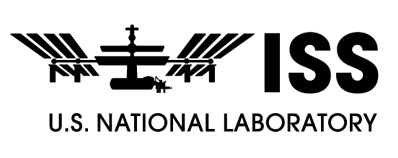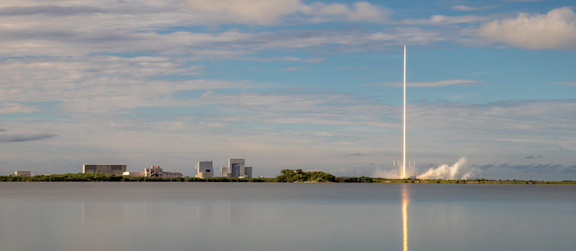
A variety of critical research and supplies will launch with SpaceX's CRS-19 mission to NASA's ISS from the life, materials, and physical sciences — each designed to leverage the unique space-based environment of the station to benefit life on Earth. The launch is planned for no earlier than December 4 at 12:51 p.m. EST from Cape Canaveral Air Force Station in Florida.

Image courtesy of NASA/Cory Huston
Reports indicate that this has been the single most prolific year for ISS National Lab research that is conducted on the orbiting laboratory to date. More ISS National Lab-sponsored investigations launched to station in 2019 than in any previous year as well as, the ISS National Lab-sponsored investigations exceeded the ISS National Lab’s 50 percent allocation of crew time dedicated to conducting experiments onboard the space station.
This record-setting year for research on the orbiting laboratory includes a few highlights from a few of the payloads launching on this mission:
Budweiser continues its research of the cereal crop barley onboard the space station, seeking to evaluate the effects of microgravity on this important plant. In this latest investigation, Budweiser will examine the barley malting process, and results could have implications in food production on Earth and in space.
The Jackson Laboratory is sending to station 40 female mice, including a few that lack the gene for producing myostatin, a growth factor that normally acts to limit muscle growth in both mice and humans. These mutant mice lacking myostatin, dubbed “mighty mice,” develop additional muscle mass compared with normal mice. This investigation will examine the potential benefits of targeting the myostatin signaling pathway to help prevent diseases on Earth that result in muscle and bone loss. Microgravity induces rapid muscle and bone loss, providing accelerated models of disease for research aimed at improving therapeutics for patients on Earth.

The National Science Foundation is funding an experiment from Case Western Reserve University that seeks to study flame spread in confined spaces, where fire can be accelerated. By doing studies in microgravity, where buoyancy is eliminated, researchers can better understand the physics of flame spread, and results may help improve fire safety codes on Earth to help prevent injuries and save lives.
ISS National Lab Chief Operating Officer Kenneth Shields said that this launch adds to a tremendous year of research on the orbiting laboratory, and they look forward to these diverse investigations accompanying the hundreds of other experiments that have been conducted on the space station this year. The demand for and interest in leveraging the space station for innovative research and development continues to increase, as evidenced by this record-setting year of science on station, and we look forward to building on this momentum heading into 2020 and beyond.

